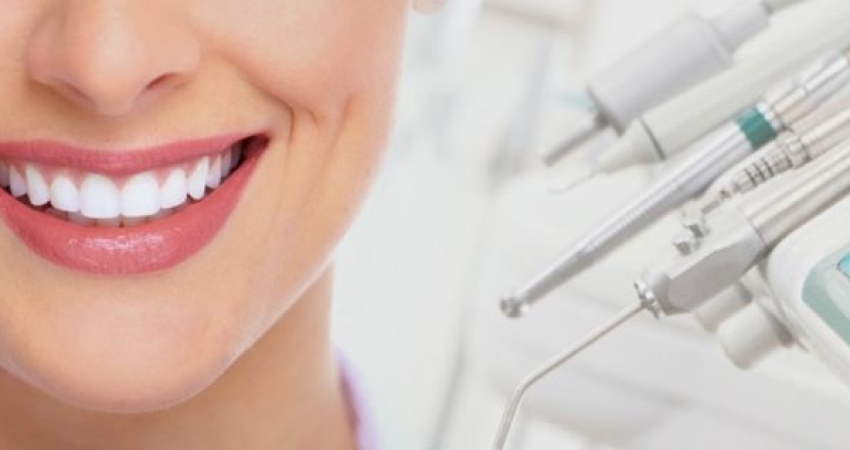444 68 41
┘Ŗ┘ģ┘ā┘å┘垦 ž¦┘䞦ž¬žĄž¦┘ä ž©┘ā ž╣┘ä┘ē ž¦┘䞯ž▒┘鞦┘ģ ž¦┘䞬ž¦┘ä┘Ŗž®.
- 0544 868 68 41┬Ā├ćekmek├Čy
0542 468 68 41┬ĀKartal - info@radixdent.com.tr
ž¦┘ä┘äž©┘Ŗž® ) ž╣┘䞦ž¼ ž¦┘ä┘é┘垦ž®)
ž╣┘䞦ž¼ ┘é┘垦ž® ž¦┘äž¼ž░ž▒
Endodontics (Root Canal Treatment)
Root canal treatment means removing the inflamed or dead pulp from the root canals, causing pain, abscess and cyst formation in the teeth, cleaning the resulting cavity and filling it with a tissue-friendly substance that is not harmful to health.
How does dental pulp get inflamed?
There are bacteria in everyoneŌĆÖs oral cavity. They do not cause any harm unless unwanted conditions develop. Bacteria, together with the food we eat, generate an acidic environment in our mouth. If we do not eliminate or neutralize acid, they harm the enamel and cause tooth decays in enamel layer. If decay on the enamel layer is not treated, it can spread to the dentine layer underneath the enamel. If decay is still left untreated although dentine layer provokes pain to warn us, microorganisms move toward the pulp. In the meantime, dental pulp activates various self-protection measures. One of these measures is to warn us through toothache. If we insist on avoiding dental treatment, microorganisms may devastate vessels and nerves that are located in the pulp, resulting with inflammation. Another mechanism of pulpitis is trauma. Any impact on the tooth may result with rupture of vessels and nerves that penetrates into the root through the tip of root, resulting with loss of viability. Addition of micro-organism with a means whatsoever leads to inflammation of the dental pulp. Another etiology of the inflamed pulp is long-standing periodontal (eye gum and its periphery) disease at the periphery of tooth.
What are phases of root canal treatment?
Identifying the troubled tooth on a dental x-ray. If the tooth is still viable, sensitivity of teeth and peripheral tissues is eliminated by local anesthesia. Cleaning decays in enamel and dentine layers of tooth and creating a pocket/space that reaches the dental pulp. Determining length of the area to be intervened using electronic devices and confirming the length on a dental roentgenogram. Removal or elimination of infected dentine tissues and microorganisms in root canal using rotary device systems. Killing microorganisms with various root canal disinfectants while using rotary device systems in root canals. Antiseptic agent is left standing in the root canal for a while and root canal is filled in the next session, if tooth is not viable when canal treatment is started.
After root canal treatment is completed, tooth is isolated from surrounding tissues in order to avoid future infections and improvement of damage, if any, in supportive tissues of teeth.
One may suffer bearable toothache, which develops spontaneously or induced by pressure, for several days following canal treatment, especially treatment of viable teeth. This ache is an acceptable symptom following root canal treatment. It will soon disappear, if tooth is slightly cared, which is given root canal treatment. Recently, success rate of root canal treatment increases up to 90%, if correct treatment method is used.





